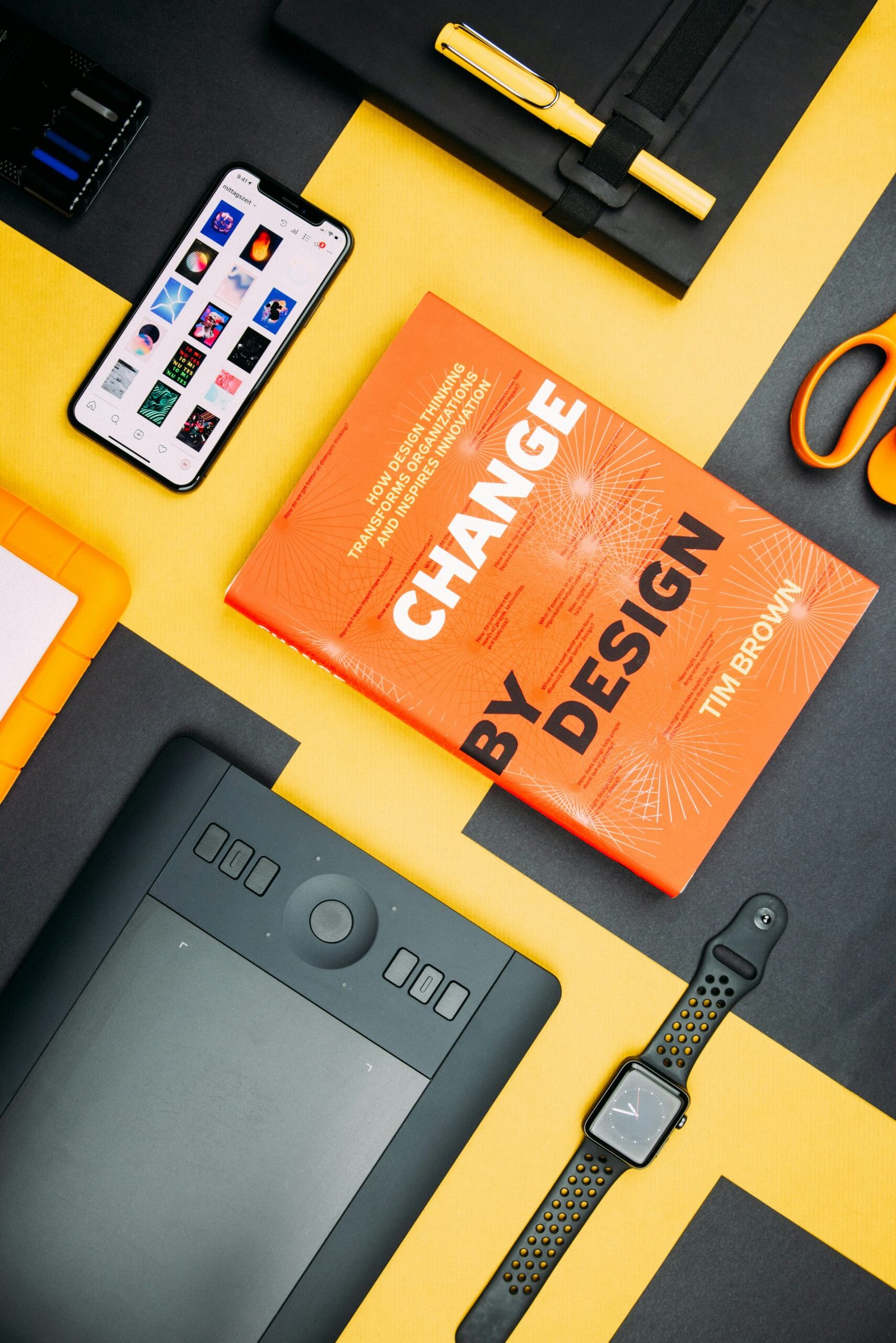Color psychology isn’t just an aesthetic choice—it’s a crucial tool for web designers and marketers aiming to enhance site performance and drive conversions. The right colors can transform how visitors perceive your brand and interact with your content, influencing everything from engagement to customer conversion rates. This article will delve into the basics of color psychology, explaining how different hues can be harnessed to elicit specific emotions and behaviors, and offering practical tips on selecting the optimal palette for your website.
The Role of Color Psychology in Web Design
Color psychology is a pivotal component in creating engaging and memorable user experiences. It influences user behavior and emotional responses, making it a critical factor in web design success. Whether crafting a minimalist blog or an expansive corporate site, the thoughtful application of color can substantially affect your results.
Exploring Color Psychology
Colors are not just visually appealing but also emotionally influential. Each shade can convey different meanings and evoke specific responses based on cultural and personal contexts. For example, while red typically denotes energy and urgency, it can also signal danger; blue often suggests reliability and calm but can evoke sadness.
Importance of Color Psychology for Effective Web Design
Effective color utilization can significantly enhance a website’s design and functionality. By choosing appropriate colors, you can steer site interactions and improve conversion rates.
Deciphering Color Meanings and Associations
- Red: Often used to stimulate action, ideal for “Sale” or “Click Here” buttons.
- Blue: Best for establishing trust and security, commonly used in finance and health industries.
- Green: Represents harmony and positivity, suitable for environmental and wellness-focused sites.
- Orange: Energetic and fun, a good choice for engaging youthful or creative audiences.
Selecting Colors to Evoke Specific Brand Emotions
Aligning your color choices with your brand’s identity and the emotions you aim to invoke in your audience is crucial. Consistent use of your brand colors enhances recognition and trust.
The Influence of Color on Branding and User Experience
Strategic color choices can set your brand apart and make the user experience memorable. By understanding the psychological impact of colors, you can transform your website into a more effective tool for reaching your business goals. Colors should complement the message, tone, and content of the website to create a cohesive and effective user journey.
Evaluating Color Combinations for Optimal Conversions
Explore different color schemes such as monochromatic, analogous, and complementary. Understanding how these combinations can influence perceptions and behaviors helps in creating a visually appealing and effective design. Test various combinations to see which best resonates with your audience and enhances site aesthetics.
Using Color Contrast to Improve Site Accessibility and Usability
Effective color contrast is vital for making your site accessible and easy to navigate, ensuring all users can interact with your content effectively. High contrast between text and background colors improves readability, while distinct color choices for different elements guide user focus and facilitate navigation.
Fine-Tuning Color Selection Through Testing
Implement A/B testing to determine the most effective colors for different elements on your site, such as CTAs and navigational aids. This approach helps optimize engagement and conversion rates based on real user data, allowing for informed decisions that enhance site performance.
Conclusion
Color psychology is a powerful tool in web design, capable of significantly enhancing site effectiveness. By applying the principles of color psychology thoughtfully, you can boost your website’s user engagement and conversion rates. Experiment with different colors and assess their impact to find the most effective palette for your site.

